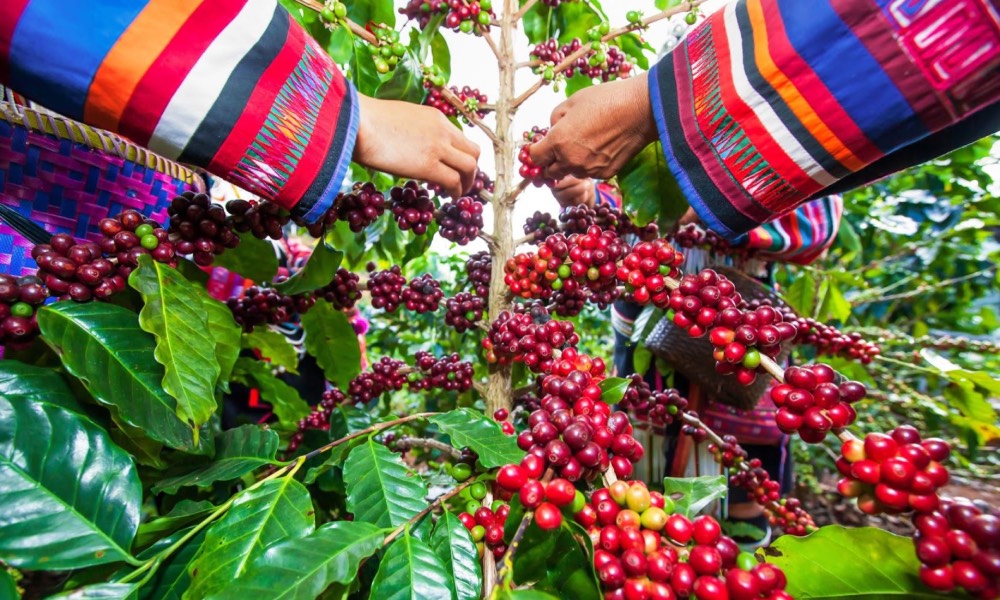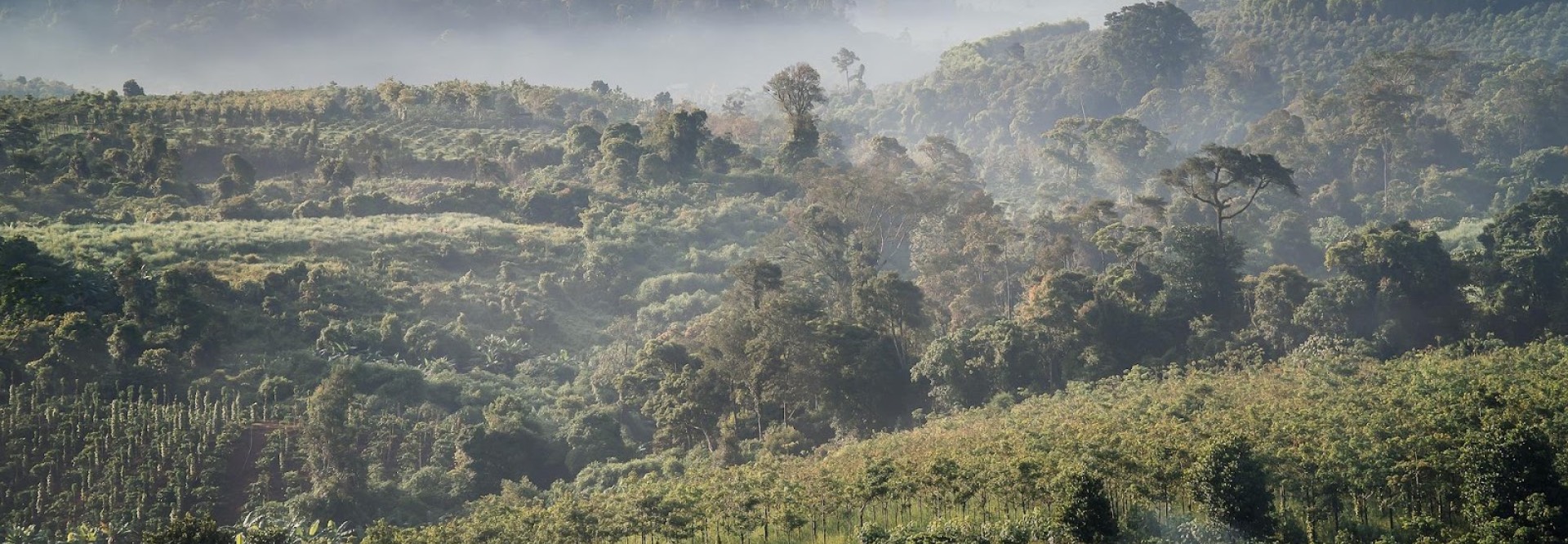What the coffee industry could look like in 2050
From soaring prices to more robusta, Thomas Haigh of DRWakefield speaks to Jordan Montgomery about how to adequately prepare for what the coffee industry in 2050 could look like.
In less than 30 years, the world of coffee may look drastically different.
Research published by PLOS One indicates that regions suitable for coffee production could shrink by 54-60% by 2050.
Thomas Haigh is the head of marketing and sustainability at global green coffee trading company, DRWakefield. He explains the research suggests some of the largest producing countries, including Brazil, Vietnam, and Colombia, will suffer the worst losses.
This is evidence that coffee will become increasingly difficult to grow as global temperatures rise. Crop disease, infestation and premature ripening will become more likely, resulting in a lower quality of coffee produced in lower volumes.
Robusta is often seen as a viable alternative to arabica due to its lower production costs, higher yields, and ability to tolerate less favourable soil and climate conditions. This is perhaps the biggest change expected for the coffee industry in 2050 — more producers may well need to switch to this more resilient species.
Producers may also turn to other products, such as avocado or cashews, in order to supplement or secure income.
In response to a changing climate, National Geographic suggests that new coffee-producing regions may emerge, listing China, the United States, Argentina, and Uruguay as potential future growing areas. However, this research also suggests that their transformation to coffee-growing regions would be slow, if at all successful.
While these predictions point towards an uncertain future, there are those in the coffee industry that are planning for a more sustainable and resilient agricultural system for 2050.

What are the predictions about the coffee industry in 2050?
As the coffee industry searches for ways to survive under new conditions, many are concerned about how changes to production may affect the quality, yields, and prices of coffee across the world.
As climate change affects growing conditions in coffee-producing countries, many varieties are likely to become too difficult to grow.
“Climate change will probably make certain coffee harder to grow in some regions as the world changes, and we’ll likely see a migration towards different varieties,” Thomas says.
He gives the example of Castillo, a rust-resistant hybrid variety released by the Colombian research centre Cenicafé. Today there are six different forms of Castillo that grow across Colombia’s varied farming regions, comprising 40% of Colombia’s annual coffee production.
“What might have to change in the future is our openness to receive new coffee varieties in coffee roasting and drinking communities,” Thomas says. “When Castillo was introduced, it was met with some resistance from coffee buyers due to its cup profile.
“As the world continues to change and producers adapt, we must also keep an open mind about coffee quality and flavour to assist in this adaptation.”
But when discussing a potential shift to robusta, Thomas suggests that substituting one coffee species for another isn’t so simple. “Robusta is certainly having a moment in the spotlight as a more climate-resilient species than arabica. We’ve been sourcing specialty robusta for several years, and have appreciated some fantastic qualities and flavours,” he explains.
“However, as robusta is a different species and has genetic differences affecting taste and quality, it cannot be comparable to arabica in terms of quality. We must stop looking at robusta as a ‘compromise’ coffee and start appreciating it as a product in itself for it to have any chance of gaining momentum.”
The coffee industry in 2050 may also see certain varieties become inaccessible for many producers and consumers as production costs increase and harvest timelines change.
Some research conducted in the UK estimates that by 2050, the average price of a cup of coffee may increase from £3.30 to nearly £8.50. Declining production coupled with an increase in demand could turn coffee from a matter of daily routine into a high-priced luxury.

Getting ahead of the curve
Coffee production is one of the most environmentally exploitative agricultural value chains. Companies across the supply chain must make genuine efforts to implement carbon reduction strategies, working towards current net zero goals.
However, recent data from the UN-backed SME Climate Hub shows that nearly two-thirds of small businesses are concerned that they lack both the skills and knowledge to effectively reduce their carbon emissions. Companies striving for a prosperous coffee industry in 2050 don’t know how to get there.
“One of the biggest challenges we’ve found, and I think the industry is finding, is the availability of data to understand where we can make these reductions,” Thomas says.
Thomas explains how the indirect carbon impact of their organisation lacks data. For a coffee trading company, that could be emissions at origin, and emissions during the roasting process, for example. This lack of data restricts their ability to implement reduction measures.
“The coffee industry must collaborate moving forward to share data and research, so we can all understand our impact and role in carbon and contribute collectively to securing coffee’s future.”
There are those already developing and sharing technologies to safeguard the future of the coffee industry. For example, Heylo Coffee has developed induction technology for their espresso machine module, and their milk frothing module, resulting in almost 90% less energy consumption than traditional espresso machines.
In addition, the company has released an interactive tool called the ‘Less Guilty Coffee Map’, enabling conscientious consumers to locate like-minded businesses and seek out a less impactful cup of coffee.
The effects of climate change haven’t been felt in every part of the sector yet, but the decisions made now across the supply chain will impact the state of the coffee industry in 2050. Similarly, consumer choices need to shift away from prioritising high-quality coffee, and toward more sustainable practices and companies.
Whatever the future holds, both coffee professionals and consumers will need to adjust their understanding and expectations of what a cup of coffee is, and how much it costs.








